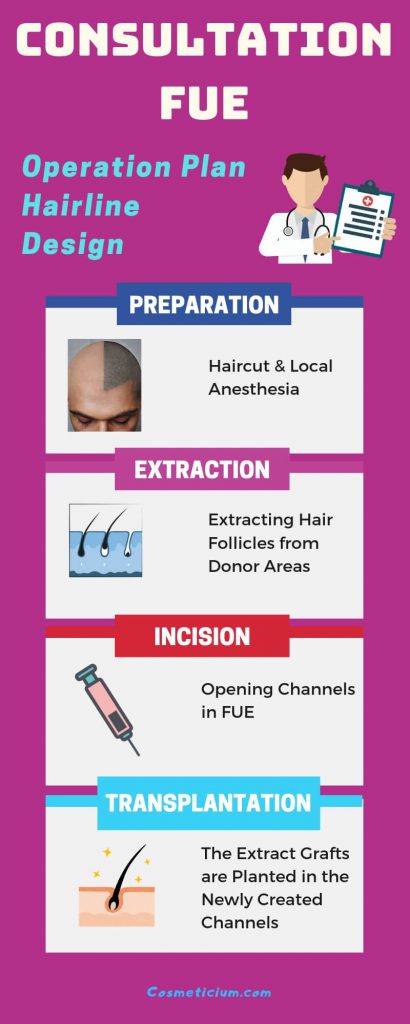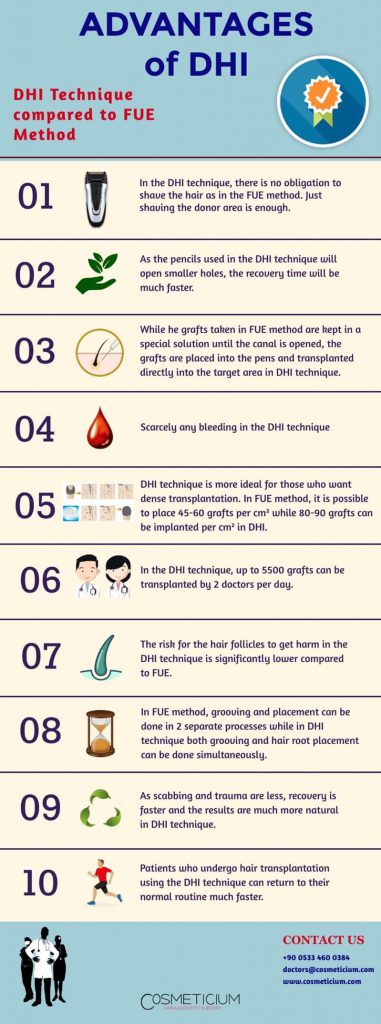Hair transplantation has become an increasingly popular procedure. Hair transplantation is a great solution for those who want to get rid of their bald areas or increase the density of their hair. How to prepare for hair transplantation? What is the process after the operation? Things you need to know about hair transplantation.
Table of Contents
Things You Need to Know About Hair Transplantation
Hair transplantation is the procedure of transplanting the grafts taken from the donor area to the balding area. Different techniques can be used for this procedure. Depending on the condition of the person, the appropriate technique is preferred.
Before the hair transplantation procedure, a comprehensive consultation is required. First of all, it is determined whether the patient is suitable for hair transplantation or not. Hair transplantation cannot be applied to people with diseases such as cancer and diabetes. It can be applied to those who are in good health and are over 20 years old. If it is determined that the patient is suitable for hair transplantation, the planning phase of hair transplantation is started. The number of grafts to be transplanted, possible results and other similar issues are discussed during the consultation.
Hair transplantation is usually completed in one session. Although rare, a second session may be needed depending on the patient’s condition. The duration of the procedure is 1 to 9 hours. Local anaesthesia is used in hair transplantation, so patients can leave the clinic on the same day. The healing process is the most important.
You May Also Like: 7 General Misconceptions About Hair Transplantation
Hair Transplantation Techniques
There are different techniques used in hair transplantation. Today, it can be said that 2 of these are preferred intensely.
FUE (Follicular Unit Extraction)

In this technique, grafts are collected one by one. Then, channels are opened in the area where hair will be transplanted and the collected grafts are placed in these channels one by one. Thus, hair transplantation is completed. At the end of the procedure, there is no scar left in the donor area and the area where hair transplantation is performed.
DHI (Direct Hair Implantation)

DHI, a recently developed technique, can be expressed as a complementary technique to FUE. In this technique, grafts are also collected one by one. However, in the hair transplantation phase, pens specially prepared for patients are used. The grafts are placed in these pens and then transplanted to the balding area. Thus, the time that the grafts stay outside is shortened. This increases the success of the procedure. In addition, thanks to the pens, there is no need to open extra channels. Because channel opening and transplantation are performed at the same time.

You May Also Like: Differences Between DHI and FUE
How to Prepare for Hair Transplantation
Depending on the technique to be used, you may need to shingle your hair. Also, your doctor should see the natural state of your hair. Thus, he can decide at what angle to place the grafts. It is not mandatory to shave your hair in the DHI technique.
Alcohol, cigarettes should not be consumed and blood thinners should not be used in the week before hair transplantation. On the day of hair transplantation, the person should have a light breakfast but avoid coffee consumption. When you go to the clinic, leave your valuables at home and choose comfortable clothes that you will not have difficulty when taking off.
What Is the Process After Hair Transplantation Like?
After hair transplantation, patients excitedly wait for their hair to grow. Some of the transplanted hair will be lost temporarily. This is called shock hair loss and is perfectly normal. In the first days, rashes can be seen on the scalp. The channels opened for the grafts are filled with blood and close up. The scabbing process is necessary for healing and is considered normal. In the first 2 weeks, the healing in this area is completed and the scabs disappear to a large extent.
In the first months, hair follicles settle in their new places. There is no or very little hair growth during this process. At the end of the first 3 months, partial results begin to be observed more clearly. The first hairs are thin and in the shape of fuzz. In the later process, these become hair. Depending on the patient’s condition, the speed of hair growth may differ.
6 months after hair transplantation, hair becomes much stronger. However, hair in this period is not considered as a definitive result. Final results are seen after 12 months. At the end of 12 months, there is no difference between the transplanted hair and natural hair and they cannot be distinguished from each other.
You Can Check Out This Page to Get More Information About Hair Transplantation

